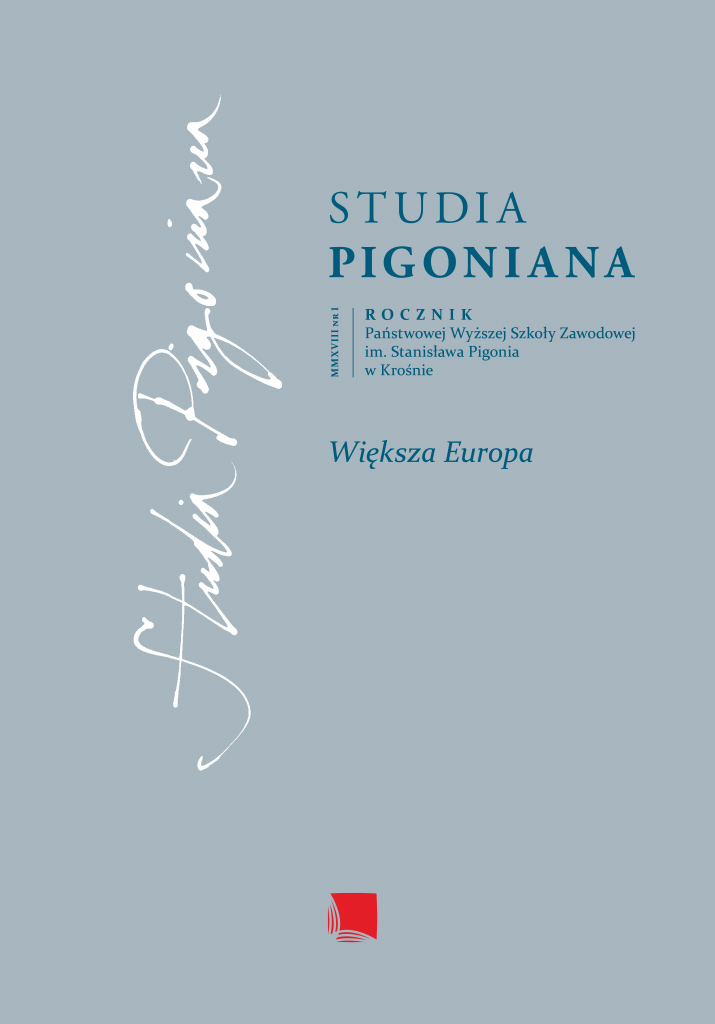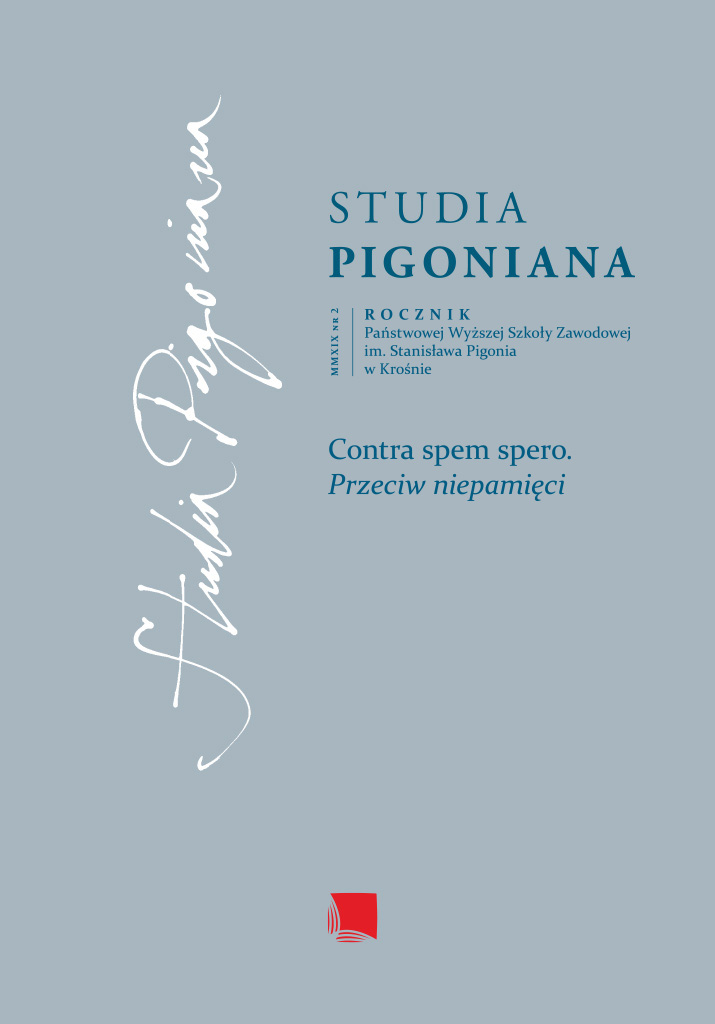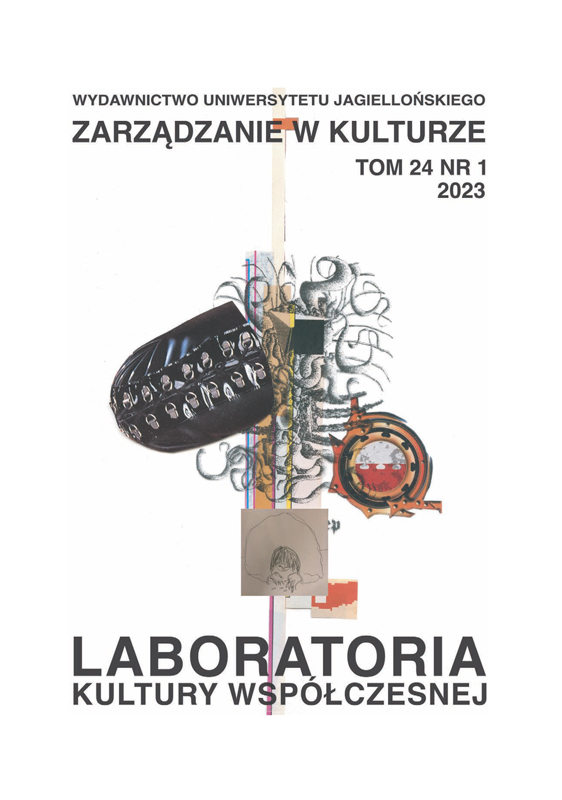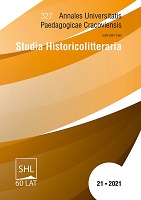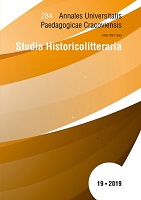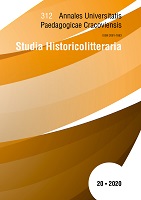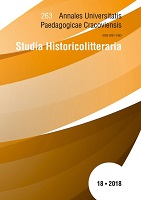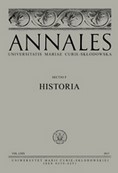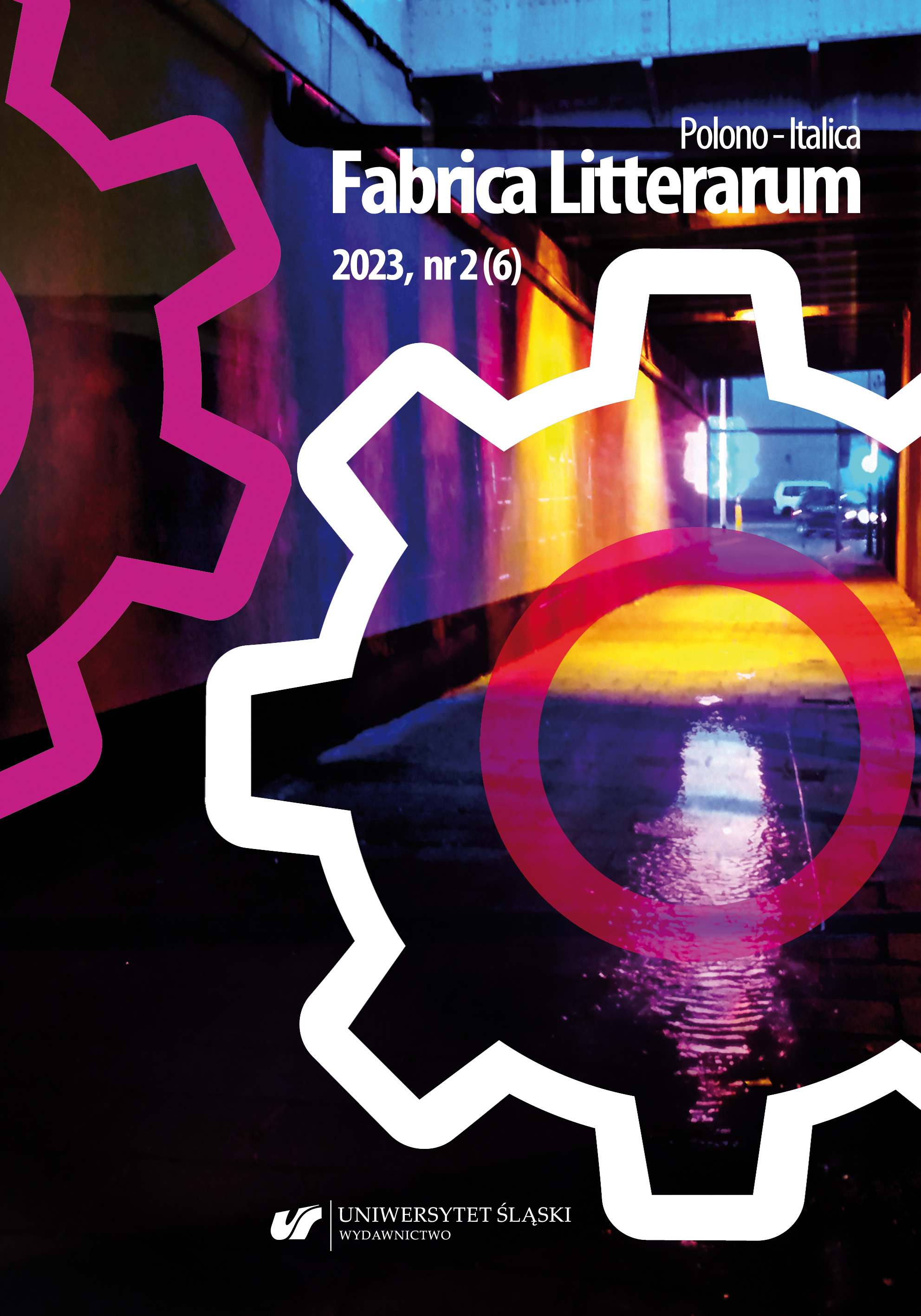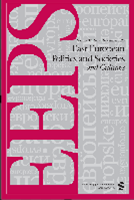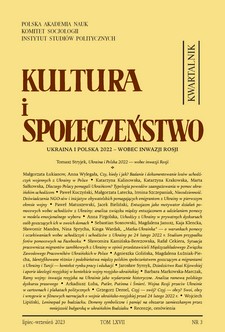Author(s): Elwira Buszewicz / Language(s): Polish
Issue: 20/2020
The purpose of this paper is the analysis of the shortest songs from Jan Kochanowski’s collection Pieśni. These include a petrarchist Pieśń II 21, and above all, four horatian ¬origin works Pieśń: I 11 (Stronisz przede mną, Neto nietykana), II 7 (Słońce pali, a ziemia idzie w po¬piół prawie), II 16 (Nic po tych zbytnich potrawach...) and II 23 (Nie zawżdy, piękna Zofija...). Following a short review of previous attempts at classifying Kochanowski’s Pieśni, which were made by Polish scholars, as well as considering other options of categorising lyrical songs, the author indicated the contexts of particular works, described their rhetorics and emphasised the mastery of the poet, which is manifested through the construction of such sophisticated forms. A song, under Kochanowski’s pen, became a brief but comprehensive genre. It comprised solemnity and joy, elegiac mood and frivolous joke.The purpose of this paper is the analysis of the shortest songs from Jan Kochanowski’s collection Pieśni. These include a petrarchist Pieśń II 21, and above all, four horatian ¬origin works Pieśń: I 11 (Stronisz przede mną, Neto nietykana), II 7 (Słońce pali, a ziemia idzie w po¬piół prawie), II 16 (Nic po tych zbytnich potrawach...) and II 23 (Nie zawżdy, piękna Zofija...). Following a short review of previous attempts at classifying Kochanowski’s Pieśni, which were made by Polish scholars, as well as considering other options of categorising lyrical songs, the author indicated the contexts of particular works, described their rhetorics and emphasised the mastery of the poet, which is manifested through the construction of such sophisticated forms. A song, under Kochanowski’s pen, became a brief but comprehensive genre. It comprised solemnity and joy, elegiac mood and frivolous joke.
More...
